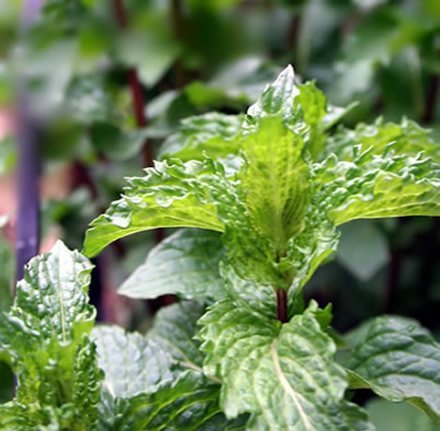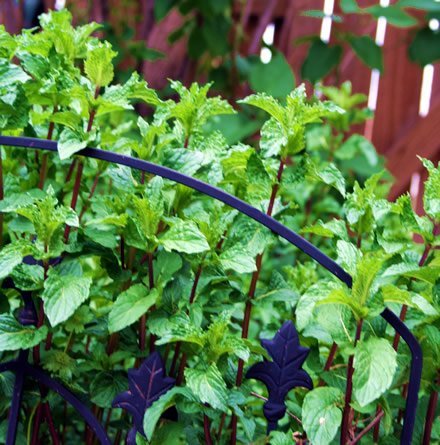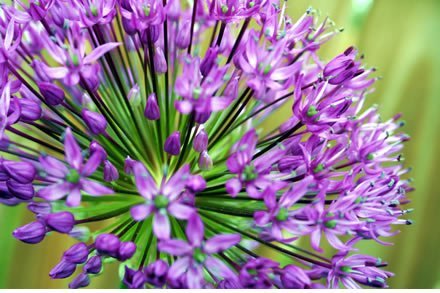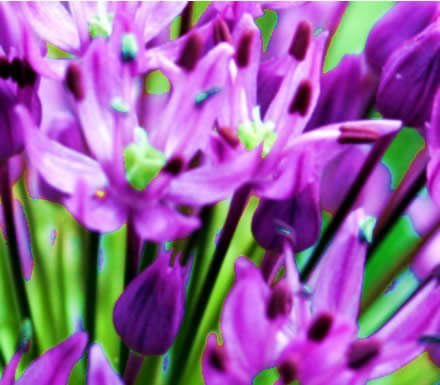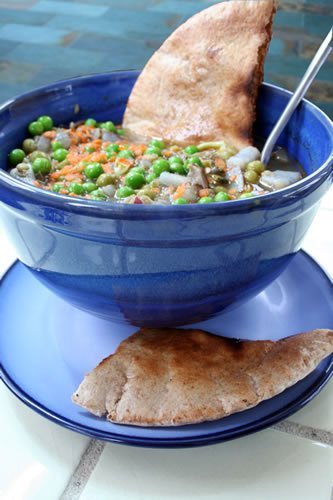(Vegetarian, vegan option, gluten-free)
Things are going to get good around here.
Things are going to get intoxicatingly, vibrantly, slap-happily, lick-smackingly, take-the-top-of-your-head-off-ily (to borrow Dickinson’s qualifier) good.
This past weekend marked the coming-out-of-hibernation of our local farmer’s markets. With the launch of the Tower Grove Farmer’s Market, St. Louis’s local produce season is once again in motion. After the long, wet, cold then warm then cold again, unusually winter-like winter we’ve had, it was with great celebration and fanfare that we greeted the clanging of the market bell. Happy, happy sound!
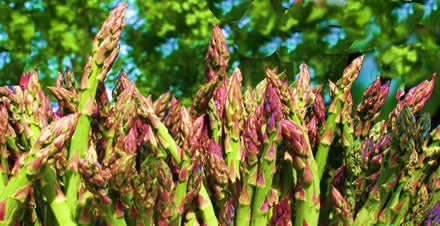
The mood was jubilant and energetic, and the conversation warm as farmers and marketers were reunited after the seasonal separation. There wasn’t a lot on offer just yet, but what was there was just gorgeous. We escaped with a mound of kale, handfuls of spinach, two pounds of asparagus, a bunch of tarragon, sunflower sprouts, a Swiss chard plant for the garden, a tub of salted bleu cheese, 8 ounces of the elusive morel mushrooms, and two dollars left over. Forgive me if there’s a bit of swagger in my voice.
And I haven’t even yet mentioned the dinner that Simon and I shared after our market exploits:
Broiled salmon with asparagus and morels in tarragon sauce. Fresh garden greens (my greenhouse lettuce mixed with market spinach) with sunflower sprouts, sprinkled with almond slivers. Fresh strawberries with Goatsbeard Farm bleu cheese, drizzled with balsamic reduction and honey (a recipe adapted from Shauna James Ahern’s Gluten Free-Girl) for dessert. Oh my! The food was so alive it fairly levitated from our plates.
Last night, we finally got around to the kale. I made my favorite comfort food – garlicky greens with (heirloom) beans.
On BeansAndGreens
Beans and Greens should be one word, an it rather than a they. IT is one of those dishes that I could – and sometimes do — live on. There’s something about the combination of wilted greens and meaty beans, the intense garlic, all rounded out by ground pepper and salt. So familiar, yet so full of possibility. Anything can happen…
BeansAndGreens is like jazz. Improvisation is encouraged. Get a little nutty, a little risqué even. Make your audience say “yee-aaah”, a guttural noise that emerges with a surprised breath, eyes closed.
Though I stuck to the basics in this recipe, there are so many ways to shape the profile of greens on a plate. Where might imagination and palate take us? Here are some variations on a theme:
1) Throw in some rosemary, for a Northern Italian (and potentially cancer fighting) dish. Top it off with toasted pine nuts.
2) Mix it up. Use Swiss chard, beet greens, or even Asian greens
3) Wake the flavors up with a splash of vinegar at the end of the cooking
4) Highlight the roots: add beets, carrots and young onions
5) Omit the garlic, and instead stir in a touch of nutmeg and a bit of half and half or cream just before removing from the heat.
Oh, but this list could go on (couldn’t it?). This spring and summer staple will be featured here again and again in the next months. How do you mix it up and dress it up? What do you do with greens in the privacy of your own kitchens?
The recipe(s)
This version of BeansAndGreens might be traditional, but I got a little jazzy with the accompaniment. I’ve been waiting for the perfect reason (as if there need be a reason) to try yet another of Crescent Dragonwagon’s cornbread recipes. After much deliberation, I went with her Sonoran Skillet Cornbread with Mesquite Meal.
In the photo, it looks less like cornbread than it does like pumpkin pie. That’s the mesquite, a rich, sweet, pinkish flour made by grinding the pods (note – not the bark! That’s for fire pits) of the mesquite seed.
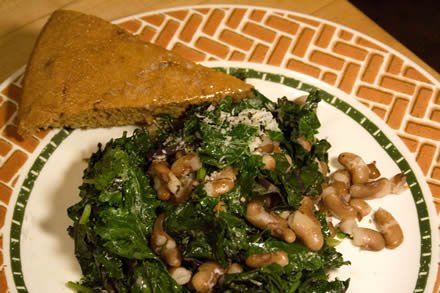
Prized for its high protein and fiber, low fat and low glycemic index content, mesquite used to be a staple in the diets of the Sonoran desert people. Also high in magnesium calcium, potassium, zinc and iron, it’s sold by Native Seeds Search and is featured in many of their recipes. I’ve made cookies and muffins with mesquite flour before, and though it’s fairly pricey ($7 for less than a pound) you only use a bit in each recipe, and oh my goodness, it’s so worth the cost. The indescribable flavor lingers long after the meal is finished.
For beans, I went with the Painted Pony from the selection sent to me by SSE’s Diane Ott Whealy. This North American bean was a fitting choice, since the recipes in this post are built around foods of American origin. The Painted Pony is a relative of the Appaloosa (an heirloom that I’ll be posting on soon). Though I find it to have a rich, nutty flavor, Simon thinks the bean is like a tiny potato – starchy, fluffy, with a skin that holds its color after cooked but wants to slide right off. See what you think.
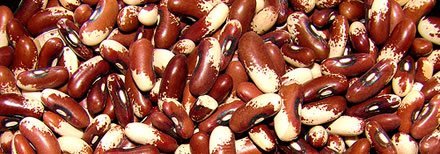
Garlicky Greens with Painted Pony Beans
2 tablespoons olive oil
4 garlic cloves, minced
2 cups cooked Painted Pony beans
9 ounces fresh kale, sliced into strips
Salt and pepper, to taste
Parmesan for garnish (optional)
In a 10-inch skillet, heat one tablespoon of the olive oil till warm but not smoking. Add the minced garlic and sauté till translucent, about five minutes. Add the beans and stir until warm. Add the remaining tablespoon of oil, heat through, and then stir in the kale. It will mound over the skillet and threaten to fall out onto the stove, but hang on; in about 6 seconds it will start to wilt and cook down. When this happens, stir gently to heat all of the kale and coat it with oil. You want the kale to keep some of its crunch, so don’t overcook Two to three minutes should be plenty to warm it through. Turn off heat, add salt and pepper. Stir some more, then grate Parmesan over the top for garnish (or don’t, if you want to stay vegan).
Sonoran Skillet Cornbread with Mesquite Meal
1 TBSP butter
2 eggs
2 cups buttermilk
1 tablespoon sugar
1 teaspoon salt
½ teaspoon baking soda
1 teaspoon baking powder
1 ¼ cups stone ground yellow cornmeal
½ cup mesquite flour
3 tablespoons unbleached white flour
Preheat oven to 375 degrees. Place 10-inch cast iron skillet in the oven.
In a small bowl, combine the eggs, and buttermilk. In a larger bowl, stir together the sugar, salt, baking soda and powder, cornmeal, mesquite flour, and white flour. Add wet ingredients to dry, being careful not to over-mix.
Take skillet from the oven and place the tablespoon of butter in the center. Let melt, and then brush to coat the surface, including the sides. Pour batter into the skillet, sprinkle with a dusting of mesquite flour, and bake for about 25 minutes.



